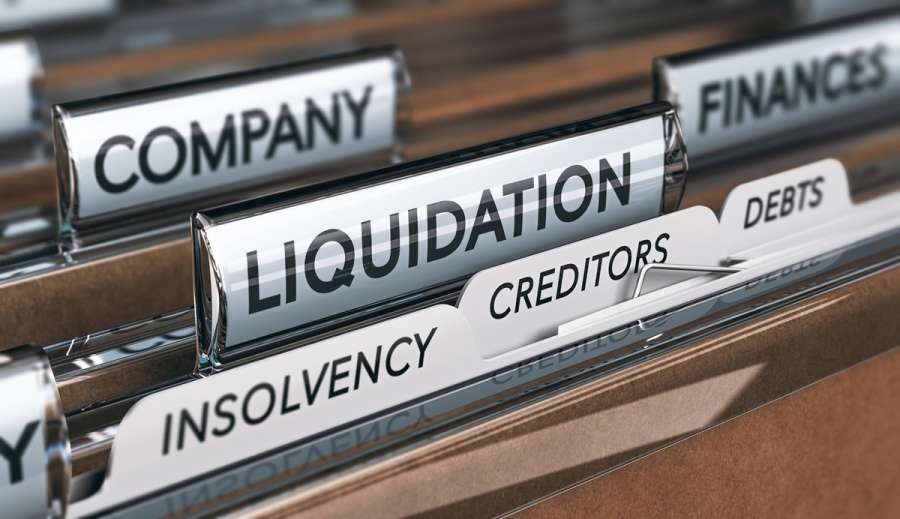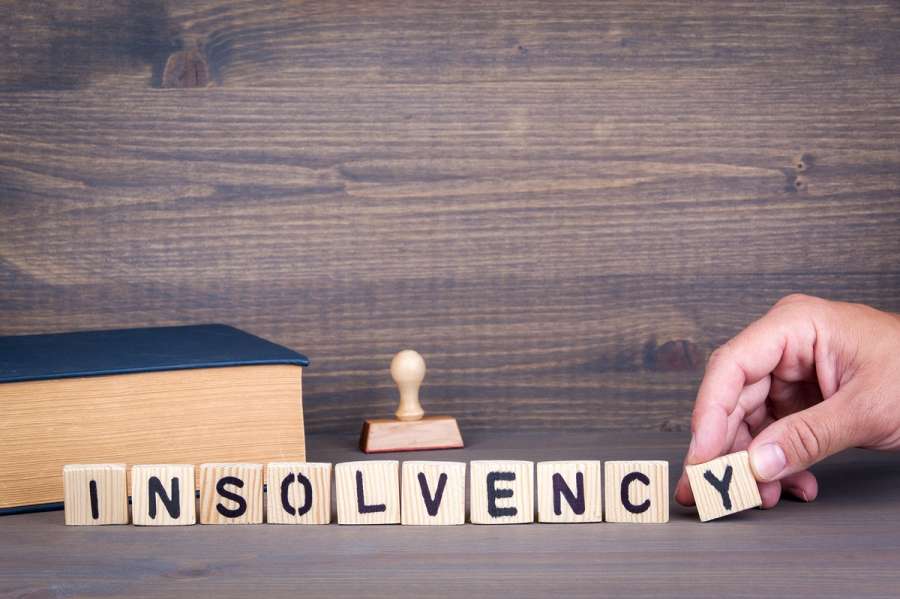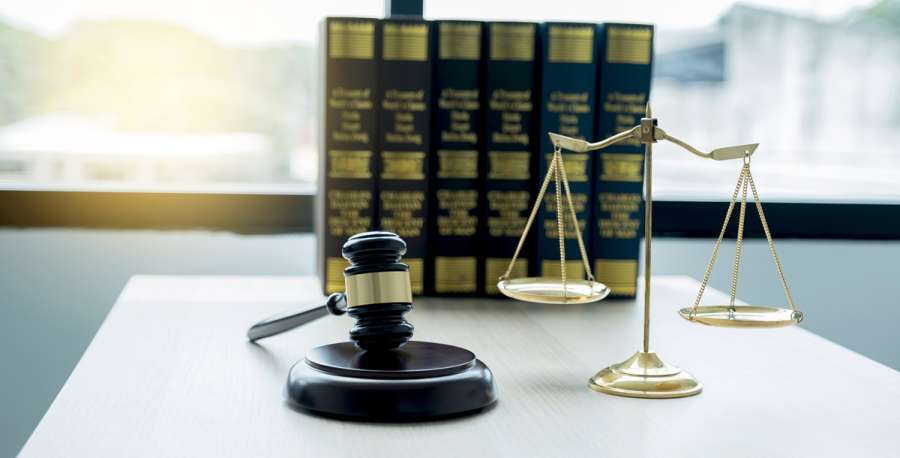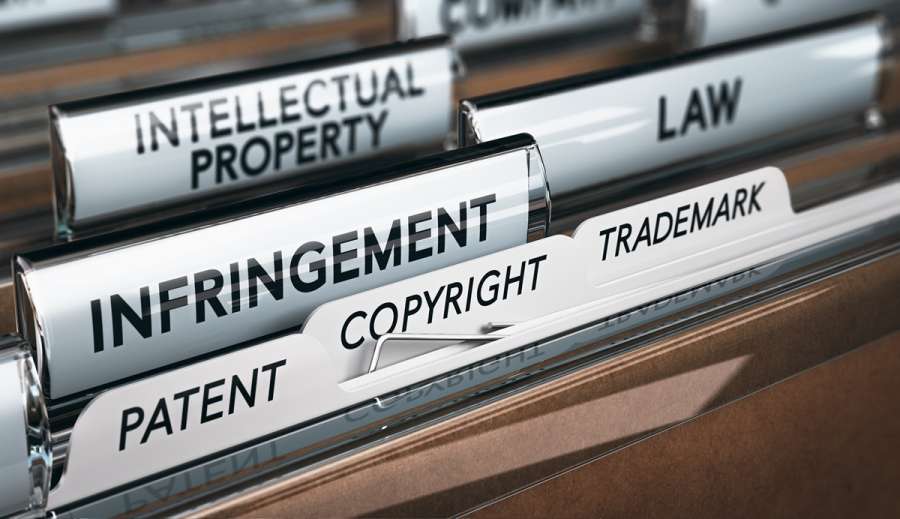An offence committed under section 216 may be reported by the Official Receiver, an insolvency practitioner, investigators at the Insolvency Service or Department for Business and Trade, reports from members of the public or creditors or the Court when dealing with a company’s winding up.
Section 216 offences are prosecuted in the criminal courts by the Insolvency Service’s Criminal Enforcement Team (CET).
The CET investigate complaints and decides whether charges should be brought.
The CET usually contacts the directors of the new business or company that it suspects contravenes section 216.
The CET may offer the business time to correct the offence, such as by changing its name, before deciding on whether to prosecute.
However, whether the CET will offer the business time to correct the offence depends on the individual facts and should, therefore, not be relied upon as occurring in every situation.
In order to prove a section 216 offence, the CET would have to show:
- The liquidating company has gone into insolvent liquidation.
- The person in breach of section 216 was a director or shadow director of the company at any time within the 12 months before the liquidation of the company.
- That same person has become concerned with (whether directly or indirectly) the carrying on of a business using a prohibited name, and this has happened within five years of the date of the liquidation of the original company.










